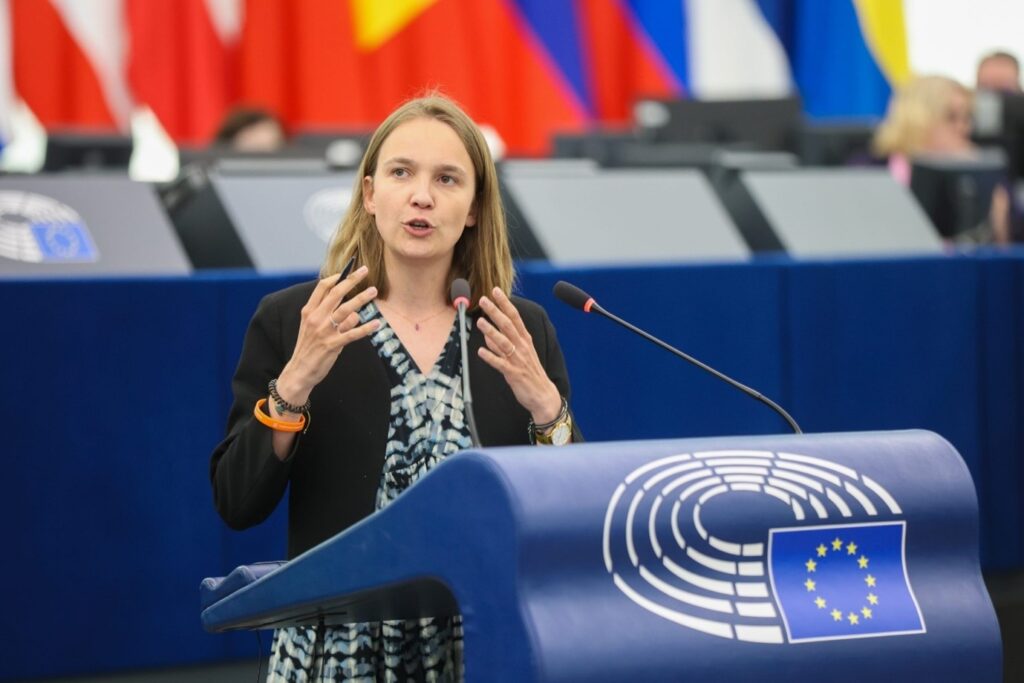Brussels, 19 July 2025 – The European Parliament (EP) adopted its Own-Initiative Report “Electricity grids: the backbone of the EU Energy System”. Led by rapporteur MEP Anna Sturghk (Renew, AT), the report will be of strategic importance to the work of the European Commission (EC) on upcoming initiatives, providing guidance from the EP’s side.
The EP Resolution represents a key milestone for the recognition of grids, including the distribution level, and their relevance for the completion of the EU’s clean and competitive objectives. Adopted with 418 votes in favour, 118 against, and 45 abstentions, the report gathered strong support from most political groups.
In general, the report stresses the critical importance of grid infrastructure for the energy transition, affordability, and industrial competitiveness and reiterates the need for significant grid investment, improved planning, digitalisation, increased private funding, and a stronger role for ACER.
The specific relevance of DSOs for the EU’s energy objectives is highlighted, supported by specific provisions on distribution grids, and several mentions of DSO Entity although the rounds of amendments shifted the original focus of the text more towards TSOs (interconnectors, offshore, physical cross-border aspects).
In particular, the specific funding and investment challenges faced by distribution grids with CEF-E are acknowledged, and a new grid dedicated financing mechanism is called for (although without a concrete proposal). However, the report assumes that grid reinforcement and investments could be mitigated by the efficient use of the grid, flexibility, digitalization and grid-enhancing technologies. Furthermore, network tariffs are framed as a bottleneck for EU’s competitive objectives, although the text further underlines the importance of aligning grid development with demand projections, recognizing that tariffs could be lowered in the future as the costs will be spread across more users.
The report calls for a more coordinated and transparent pan-EU approach to electricity network planning and greater visibility with supply chains is called for. It also requests a centralized online repository for all TSOs and DSOs plans.
Finally, it requests faster permitting procedures, the revision of public procurement frameworks, strengthened supply chains, and support against workforce shortages. Attention was given to resilience and preparedness topics with clean affirmation of the relevance of grids for the EU’s energy security and the urgent need to enhance the physical, climate and digital resilience of energy infrastructure.


